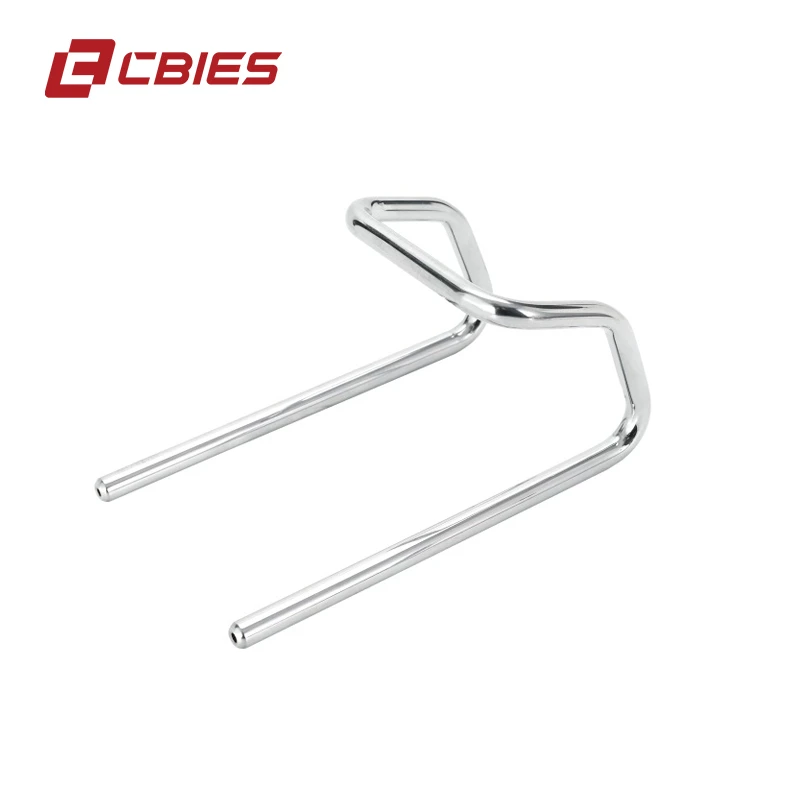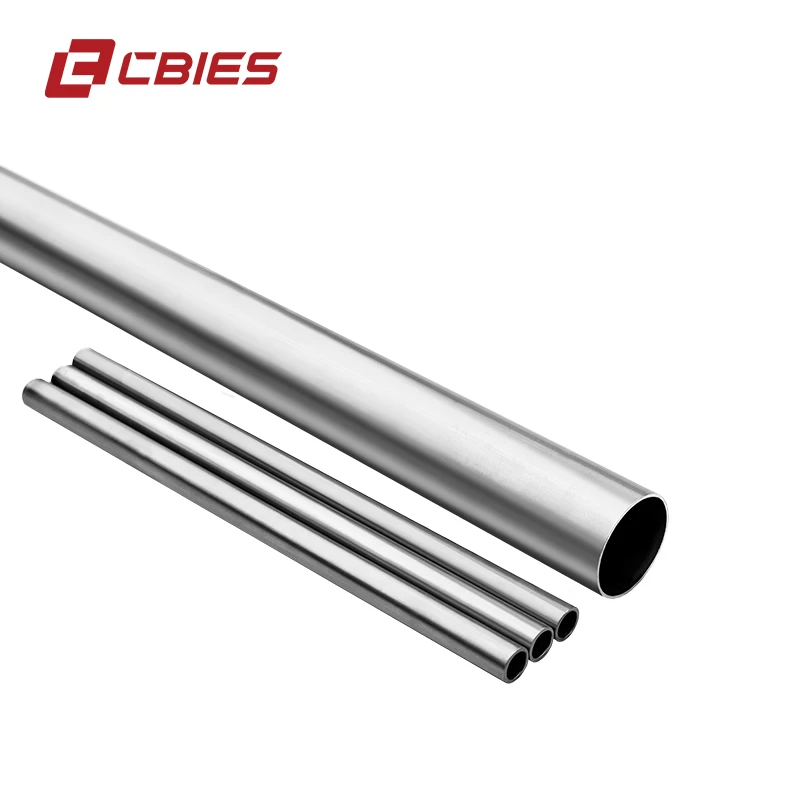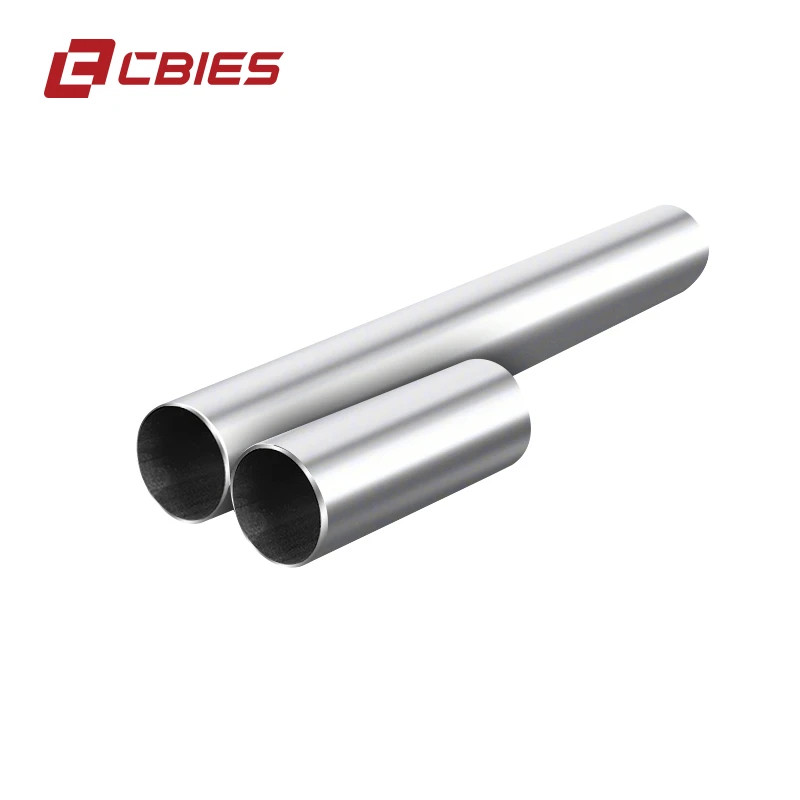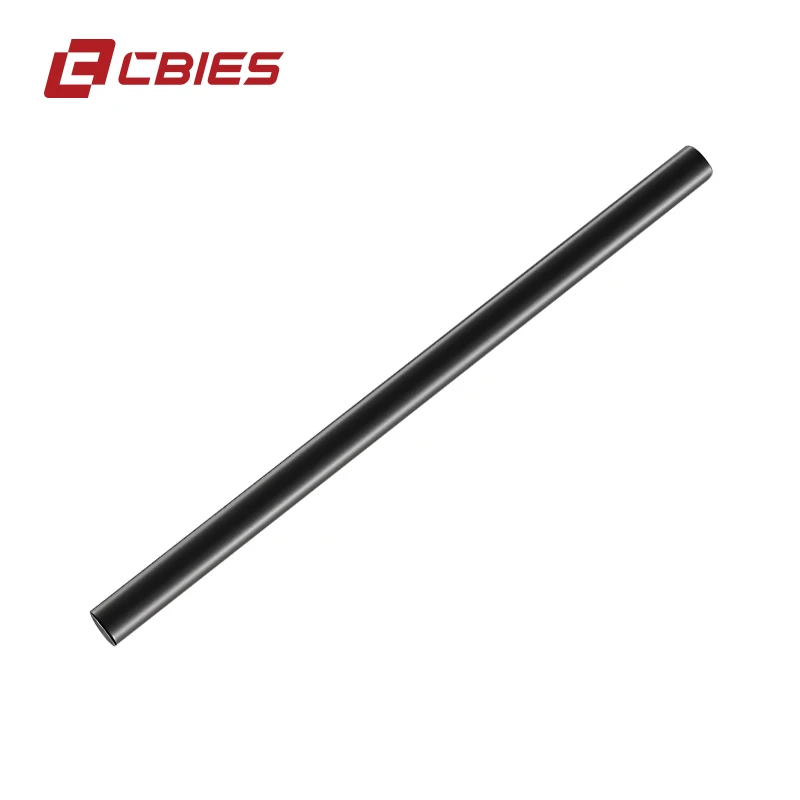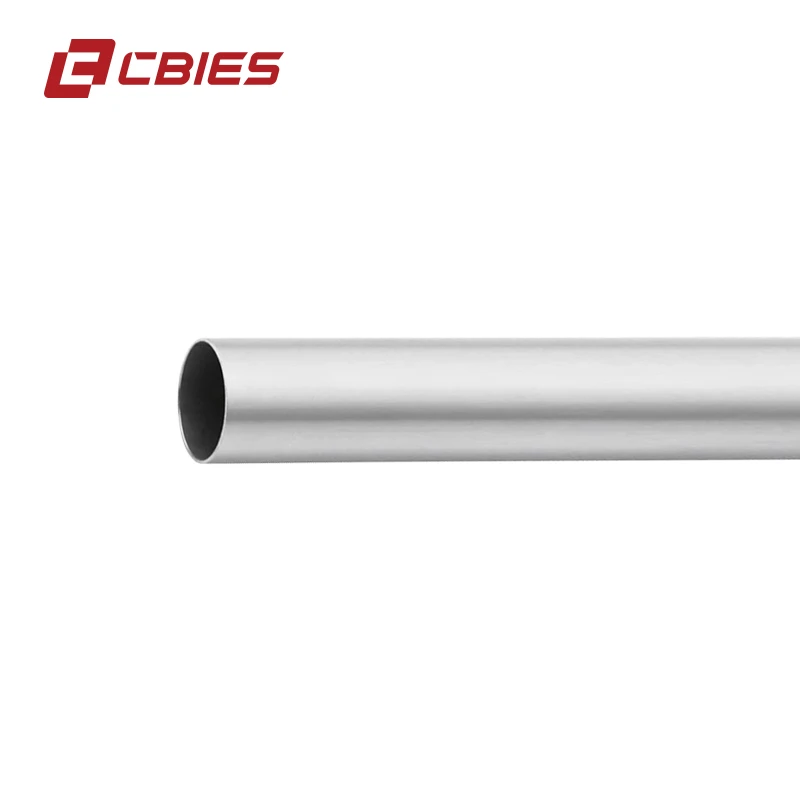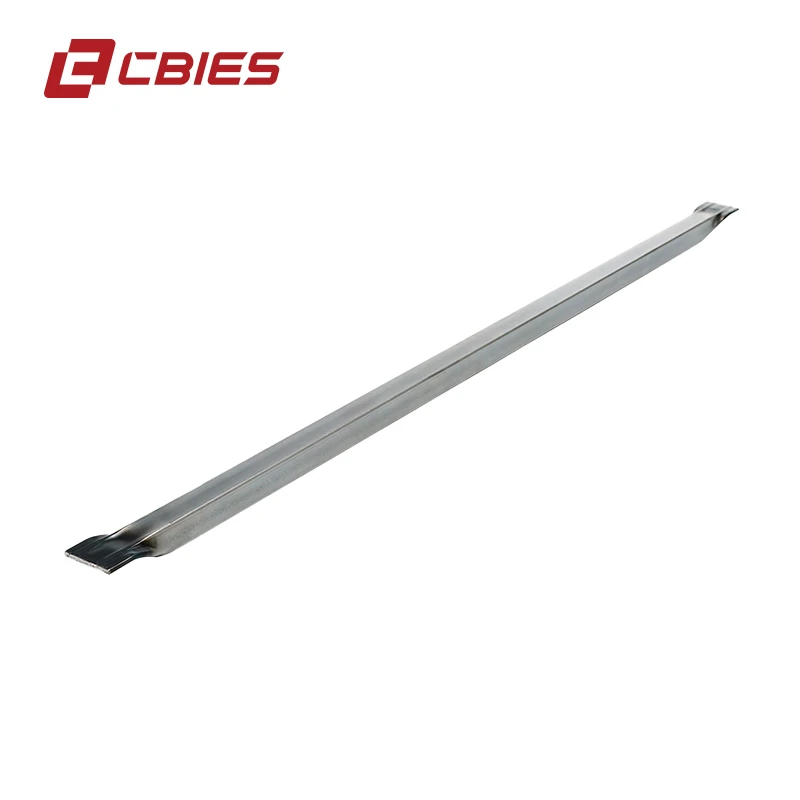Tube punching is a critical metal fabrication process enabling efficient, precise holes or slots in tubes used across industries like petrochemical, metallurgy, HVAC, water supply, and more. In this in-depth guide, we explore cutting-edge trends, precise technical parameters, process flow illustrated with real images, application scenarios, specification tables, third-party standards, and competitive benchmarking. Updated to meet Google EEAT standards, this resource aims to deliver unmatched trust, expertise, and actionable insights for buyers and engineers.
Discover Tube punching Solutions
1. Market Dynamics & Industry Trends: Tube punching in 2024+
According to Statista and Global Manufacturing Outlook 2024, the global demand for high-precision tube fabrications is projected to reach $7.4 billion by 2027, with Tube punching solutions accounting for over 20% of the share. This is fueled by rapid automation, stringent quality standards (ISO 9001:2015, ANSI B16), and the expansion of energy, automotive, and chemical sectors. Uprated machine speeds (up to 2400 strokes/hour) and robotics integration are typical trends.
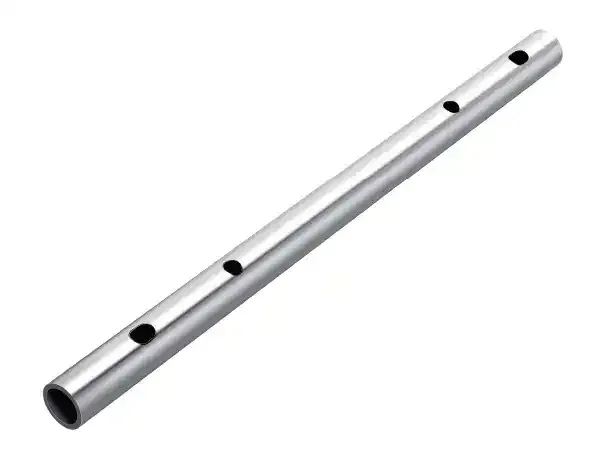
Typical tube punching line in petrochemical pipe production (Image courtesy of CBI ESTube)
Industry Applications
- Petrochemical & Oil/Gas — heat exchanger tube sheets, process ductwork
- Water Treatment — stainless filter cores, water supply and drainage manifolds
- Automotive & Aerospace — roll cages, structural members, exhaust systems
- HVAC — coil production, chiller, condenser and evaporator lines
- Construction/Architecture — curtain wall supports, railing pipe, decorative framing
- Steel Metallurgy — blast furnace nozzles, flow splitters
2. Tube punching Manufacturing Process: Step-by-step Workflow & Techniques
Tube punching employs advanced processes, from tube material selection to multi-station automation. Below is a graphical step-through of its typical manufacturing workflow:
Step 1: Material Input & Inspection
Premium-grade steel, stainless alloys, copper, or aluminum tubes, inspected per ISO 9443-2017 and ASTM A249.
⇒
Step 2: Setup & Tooling
Configure CNC or hydraulic punch press, precision dies by diameter, hole pattern, and custom jigs.
⇒
Step 3: Automated Punching Operation
Punch holes/slots using servo-driven dies (force: 30–180 tons, accuracy ±0.05mm); automatic repositioning for multi-pattern jobs.
⇒
Step 4: Deburring, Inspection & Surface Finish
Deburring, visual & metrology checks (ANSI B46.1 surface finish), corrosion-proof finishing (e.g., passivation, powder coating).
⇒
Step 5: Packing, Certification & Shipping
Lot traceability, ISO/CE certificates, corrosion-resistant packing, global logistics.
3. Tube punching Technical Parameters & Specification Table
Careful specification of Tube punching parameters ensures optimal performance and enables compliance with demanding project requirements. Here is a consolidated technical table based on leading global manufacturers:
| Parameter |
Value/Range |
Specification/Standard |
Notes |
| Tubing Material |
Carbon Steel (A179, A513), Stainless Steel (304, 316L), Copper, Aluminum |
ASTM A249, ISO 9443, EN 10217 |
Material grading based on industry |
| Tubing OD |
Φ8mm – Φ219mm |
ANSI B36.10/B16.5 |
Custom OD/ID available |
| Wall Thickness |
0.5mm – 8mm |
API 5L, EN 10305 |
Thin-to-medium walls, tolerance ±0.03mm |
| Punch Hole Size |
2mm – 100mm (round); up to 120mm (slots) |
Customer design/Drawings |
Multi-pattern, programmable by CNC |
| Punching Accuracy |
±0.05mm – ±0.1mm |
ISO 2768-f/H |
Critical for heat exchanger/energy use |
| Surface Finish |
Ra ≤ 0.8μm – 1.6μm |
ANSI B46.1 |
Sandblasted, passivated or powder coatings |
| Max Punch Strokes |
2400 strokes/hour |
OEM Test Reports |
Automation dependent |
| Burr Height After Deburring |
< 0.05mm |
Factory QC |
Ensures downstream sealing |
| Certifications |
ISO 9001:2015, CE, SGS |
Third-party audit |
Industry-accepted proof |

Close-up: Automated tube punching (source: CBI ESTube)
Technical Comparison of Tube punching vs. Laser Cutting & Drilling
|
Tube Punching |
Laser Tube Cutting |
Traditional Drilling |
| Speed |
Up to 2400 cuts/hr |
~1200 cuts/hr |
300-500 cuts/hr |
| Accuracy |
±0.05–0.1mm |
±0.13mm |
±0.35mm |
| Suited for Volume |
Medium-large batches |
Custom/single; small/medium batch |
Small batch |
| Material Scope |
Steel, Stainless, Cu, Al |
Steel, Stainless, Al |
All |
| Setup Cost |
Moderate |
High |
Low |
| Edge/Burr Quality |
Excellent ≤0.05mm |
Good ≤0.1mm |
Poor ≥0.25mm |
| Energy Usage |
Low |
Moderate–High |
Low |
| Sustainability |
High (low scrap) |
Medium |
Low (high scrap) |
Tube Punching
Laser Tube Cutting
Drilling
Stainless Steel 304/316L (52%)
Carbon Steel (27%)
Copper/Al (21%)
4. Technical Advantages of Tube punching: Why Industry Leaders Prefer It
- Superior Speed & Throughput (up to 2x laser tube cutting), ideal for bulk orders and high repeatability
- Precision & Minimal Burr: CNC control delivers ±0.05mm accuracy, burr ≤0.05mm (post-deburr), ISO 286-2 class fit
- Sustainability: Material utilization rate up to 97%, less energy than laser; low carbon footprint
- Scalable Geometry: Accurate round, oval, slot, multi-pattern punching via programmable dies and auto-indexing
- Anti-corrosion & Surface Treatment: Stainless, passivation, powder-coating – supports oil & marine environments
- Full Compliance with key standards: ISO 9001:2015 (Quality); ANSI B46.1 (surface); EN 10217 (pressure pipes)
- Lower Maintenance & Downtime: Modular dies, quick tool change – up to 60% lower changeover time than drilling
- Customizable Automation: Integrates with robotic arms, inline QC vision, data logging
5. Manufacturer Comparison: Leading Brands For Tube punching
| Brand |
Core Process |
Lead Equipment Spec |
Certifications |
Known For |
| CBI ESTube (detail) |
Hydraulic CNC Punching |
30–180T force; Servo drive; ±0.05mm accuracy |
ISO 9001:2015, SGS, CE |
Power industry, waterworks, durable tooling, full custom |
| Trumpf (DE) |
Laser & Hybrid Punching/Cutting |
1.5–4.0kW;
| ISO 14001, CE |
Automation platforms; precision |
| Amada |
Multistation CNC Punch |
20–100T; Auto Index; ±0.07mm |
ISO, JIS, CE |
Flexible line, quick die swap, sheet/tube both |
| Prima Power |
Servo Electric Punch |
Up to 60T; Air-blow cooling |
CE, ISO |
Green energy, reliability |
| Baileigh Industrial |
Manual/Servo Tube Punch |
10–80T; Cast steel frames |
CE |
Low/medium batch, versatile tools |
6. Custom Tube punching Solutions & Project Experience
CBI ESTube provides flexible custom punching services. Options include:
- Large/Small volume orders (MOQ = flexible)
- Material & wall thickness per project
- Multi-hole patterns, custom slotting
- Surface: passivation, hot-dip galvanizing, powder-coating
- Engineering support: CAD/CAM, sample approval, batch testing
- Integrated logistics & technical documentation
Request Your Tube punching Quotation

Inline QC for custom tube punching solution (source: CBI ESTube)
Project Case Study: Chemical Filtration Module
| Client: Petrochem EPC (Singapore), 2024 |
| Product |
Custom Tube punching for high-pressure stainless filtration manifolds |
Material/Spec |
316L SS, Φ38mm × 2mm wall, 6mm / slot pattern, passivation, Ra ≤0.8μm |
| Order Vol. |
9000 units |
Lead Time |
19 calendar days |
| Testing |
100% visual, LPT, surface roughness test |
Standard |
ISO 9001, EN 10217, PED compliant |
| Key Result |
All tubes passed hydrostatic/air leak test; client feedback 99.9% yield, 50% faster install than laser-cut alternatives; corrosion resistance confirmed after 1000 hours salt spray test (per ASTM B117). |
7. Real Industry Data: Process Monitoring Chart
Tolerance (mm, left axis)
Production yield (% right axis)
8. FAQ: Professional FAQ on Tube punching
Q1: What materials can be processed through Tube punching?
A: Common materials include carbon steel (ASTM A179/A513), stainless steel (304, 316L), copper, and aluminum. Selection depends on mechanical property, corrosion requirements, and end-use. All comply with global material certifications (e.g., EN 10217, ISO 9443).
Q2: What accuracy and tolerances are achievable?
A: State-of-the-art tube punching achieves hole position tolerance of ±0.05 to 0.1mm, as required in heat exchangers, automotive and process equipment, following ISO 2768-f/H standards.
Q3: Which standards regulate tube punching products?
A: Key standards include ISO 9001 (quality management), ANSI B46.1 (surface texture), EN 10217 (pressure tubing), and customer-specific criteria. Factory audits (e.g., SGS) and certified QC are best practice.
Q4: What is the typical surface roughness and finishing for punched tubes?
A: Standard finishes are Ra ≤ 0.8~1.6μm (smooth, clean edge, suitable for sealing, non-clogging). Advanced options: passivation (for corrosion), powder-coating, or sandblasting per project needs.
Q5: How to ensure minimal deformation and edge burr?
A: Using optimized die geometry and post-punching deburr machines, burr height is reduced to ≤ 0.05mm. Tool design and punching force are calculated for wall thickness and material type, per EN 10305 pipe standards.
Q6: What about installation and welding standards for tube-punched components?
A: Installation relies on accurate hole reproducibility and minimal distortion. For pressure systems, compliance with ASME B31.
 Afrikaans
Afrikaans  Albanian
Albanian  Amharic
Amharic  Arabic
Arabic  Armenian
Armenian  Azerbaijani
Azerbaijani  Basque
Basque  Belarusian
Belarusian  Bengali
Bengali  Bosnian
Bosnian  Bulgarian
Bulgarian  Catalan
Catalan  Cebuano
Cebuano  Corsican
Corsican  Croatian
Croatian  Czech
Czech  Danish
Danish  Dutch
Dutch  English
English  Esperanto
Esperanto  Estonian
Estonian  Finnish
Finnish  French
French  Frisian
Frisian  Galician
Galician  Georgian
Georgian  German
German  Greek
Greek  Gujarati
Gujarati  Haitian Creole
Haitian Creole  hausa
hausa  hawaiian
hawaiian  Hebrew
Hebrew  Hindi
Hindi  Miao
Miao  Hungarian
Hungarian  Icelandic
Icelandic  igbo
igbo  Indonesian
Indonesian  irish
irish  Italian
Italian  Japanese
Japanese  Javanese
Javanese  Kannada
Kannada  kazakh
kazakh  Khmer
Khmer  Rwandese
Rwandese  Korean
Korean  Kurdish
Kurdish  Kyrgyz
Kyrgyz  Lao
Lao  Latin
Latin  Latvian
Latvian  Lithuanian
Lithuanian  Luxembourgish
Luxembourgish  Macedonian
Macedonian  Malgashi
Malgashi  Malay
Malay  Malayalam
Malayalam  Maltese
Maltese  Maori
Maori  Marathi
Marathi  Mongolian
Mongolian  Myanmar
Myanmar  Nepali
Nepali  Norwegian
Norwegian  Norwegian
Norwegian  Occitan
Occitan  Pashto
Pashto  Persian
Persian  Polish
Polish  Portuguese
Portuguese  Punjabi
Punjabi  Romanian
Romanian  Samoan
Samoan  Scottish Gaelic
Scottish Gaelic  Serbian
Serbian  Sesotho
Sesotho  Shona
Shona  Sindhi
Sindhi  Sinhala
Sinhala  Slovak
Slovak  Slovenian
Slovenian  Somali
Somali  Spanish
Spanish  Sundanese
Sundanese  Swahili
Swahili  Swedish
Swedish  Tagalog
Tagalog  Tajik
Tajik  Tamil
Tamil  Tatar
Tatar  Telugu
Telugu  Thai
Thai  Turkish
Turkish  Turkmen
Turkmen  Ukrainian
Ukrainian  Urdu
Urdu  Uighur
Uighur  Uzbek
Uzbek  Vietnamese
Vietnamese  Welsh
Welsh  Bantu
Bantu  Yiddish
Yiddish  Yoruba
Yoruba  Zulu
Zulu 




